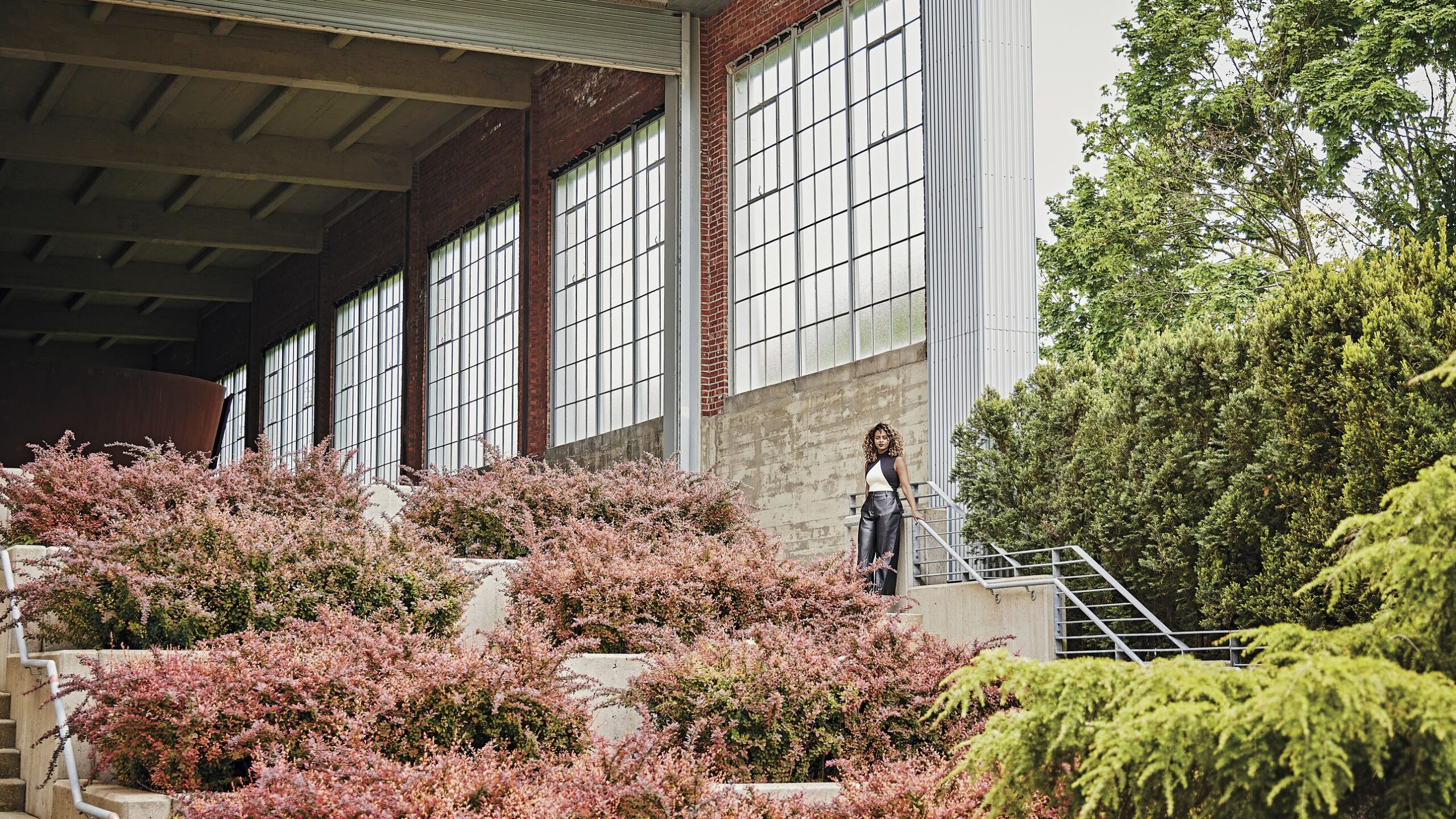Visitors to Dia Beacon have always left with lasting impressions, be it of Richard Serra’s monumental steel curves, Dan Flavin’s fluorescent revelations, or Louise Bourgeois’s arachnid homage to mom. What they’ve never left with, however, was a proper sense of the grounds to the museum’s south. Spanning eight acres, the riverfront plot has long centered on a broad swath of flood-prone lawn, submerged during Superstorm Sandy. “It’s been a frustration for our team to have a landscape that you could look onto but not access,” reflects Jessica Morgan, Dia’s Nathalie de Gunzburg Director. “Wouldn’t it be lovely to invite people outside?”
Three years ago, that ambition led the museum to landscape architect Sara Zewde, an AD100 talent known for creating green spaces that are at once culturally affirming, ecologically functional, and aesthetically pleasing. “We are thinking about the histories and challenges of a place, but we are also profoundly moved by beauty,” Zewde reflects of her Manhattan-based practice. That open-ended strategy resonated with Dia. “Sara’s approach is so embedded in listening and asking hard questions,” says Morgan. “We wanted someone who would come in, not with answers, but with pathways to explore.”
Zewde’s research has spotlighted a number of key insights, first and foremost that the site was part of the historical flood plain. “Water wants to be here,” she explains. “It’s just returning to its rightful place.” Through conversations with Indigenous scholars, Zewde also learned that the land had previously served as a river crossing for the Lenape people. Those two narratives have laid the foundation for thinking of water as a datum of human experience, an idea Zewde summarizes by quoting Toni Morrison: “ ‘Floods’ is the word they use, but in fact it is not flooding; it is remembering.”

